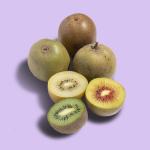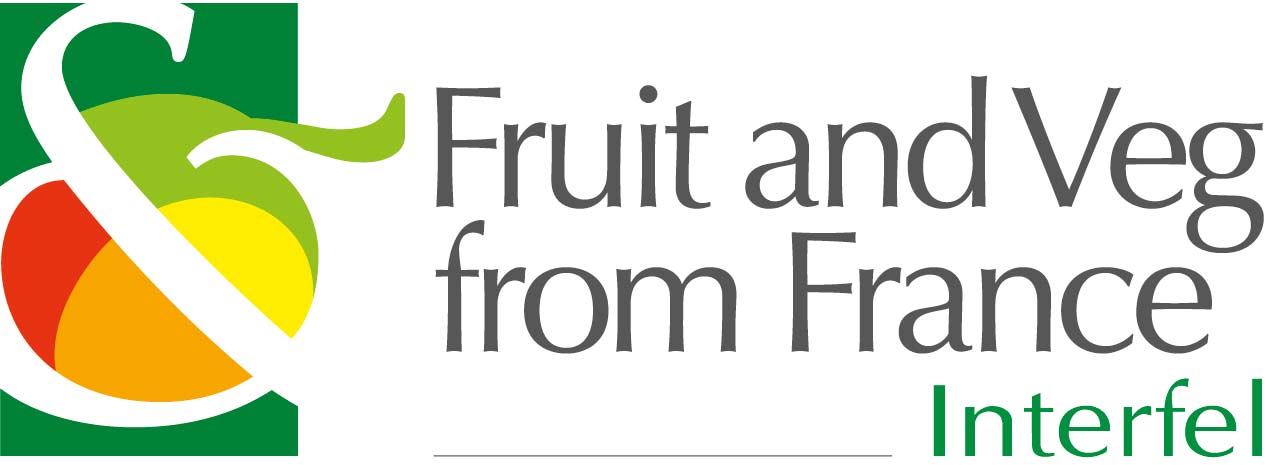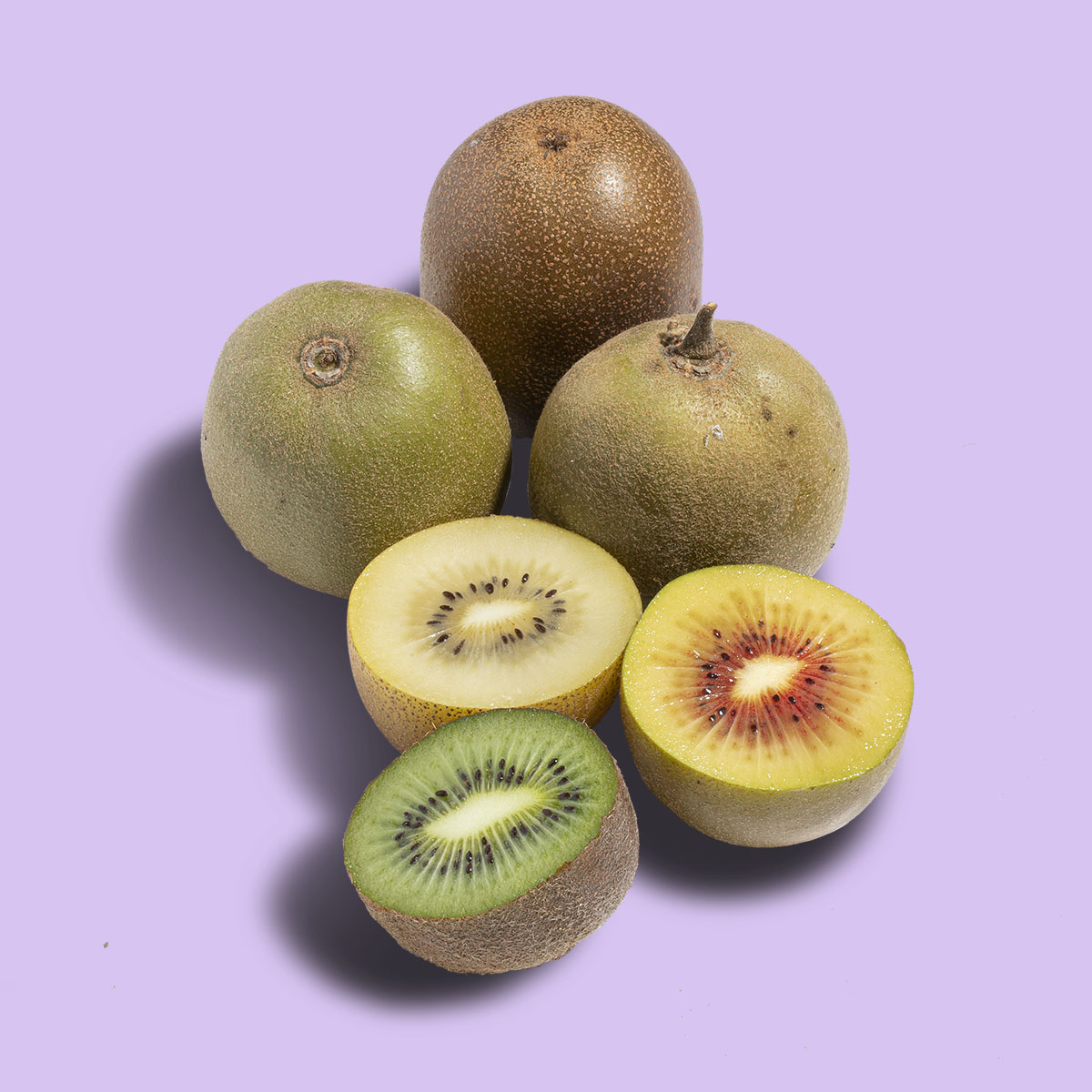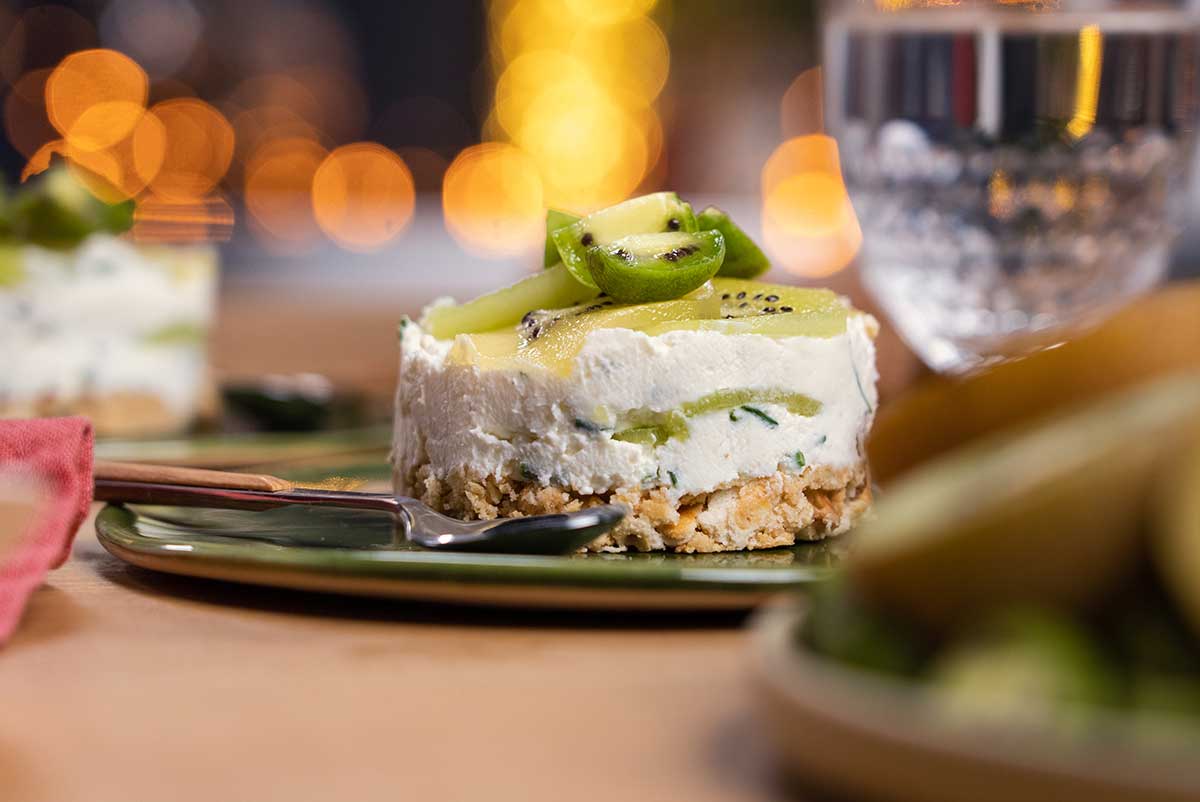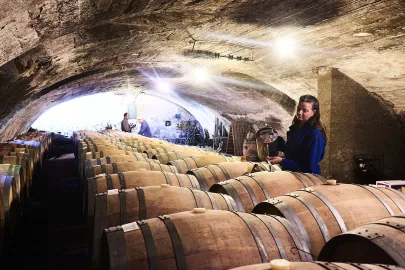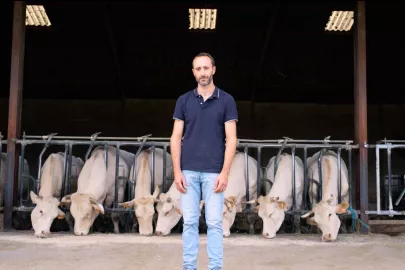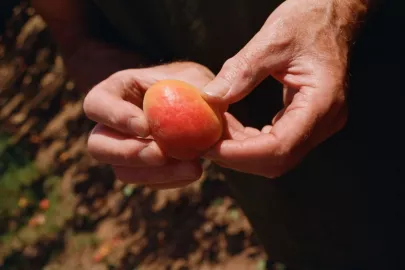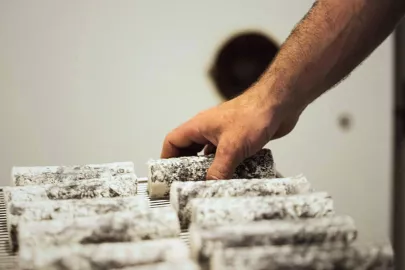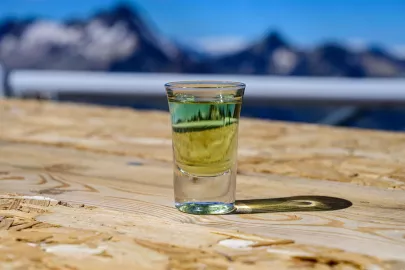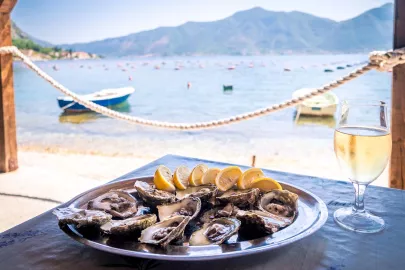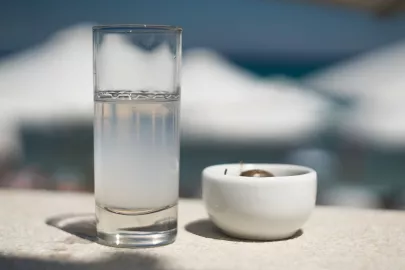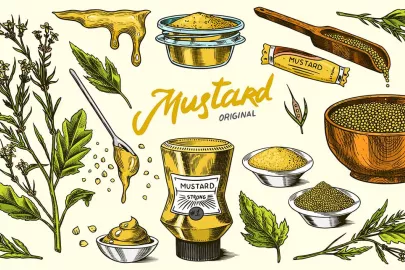Amidst the serene valleys of Gaves and Adour, with the majestic Pyrenees standing guard, a horticultural gem is nestled in the lush French countryside. Here, the vibrant sun casts a generous glow, nurturing the verdant vines of Hayward kiwis. Join us to discover the secrets of French kiwi in the so-called "Kiwi Valley"!
François Laffitte, a visionary in French agriculture and kiwi grower, guides us through his expansive 25-hectare orchard. This haven is where the French kiwi, with its prestigious PGI and Label Rouge certifications, ripens to perfection.
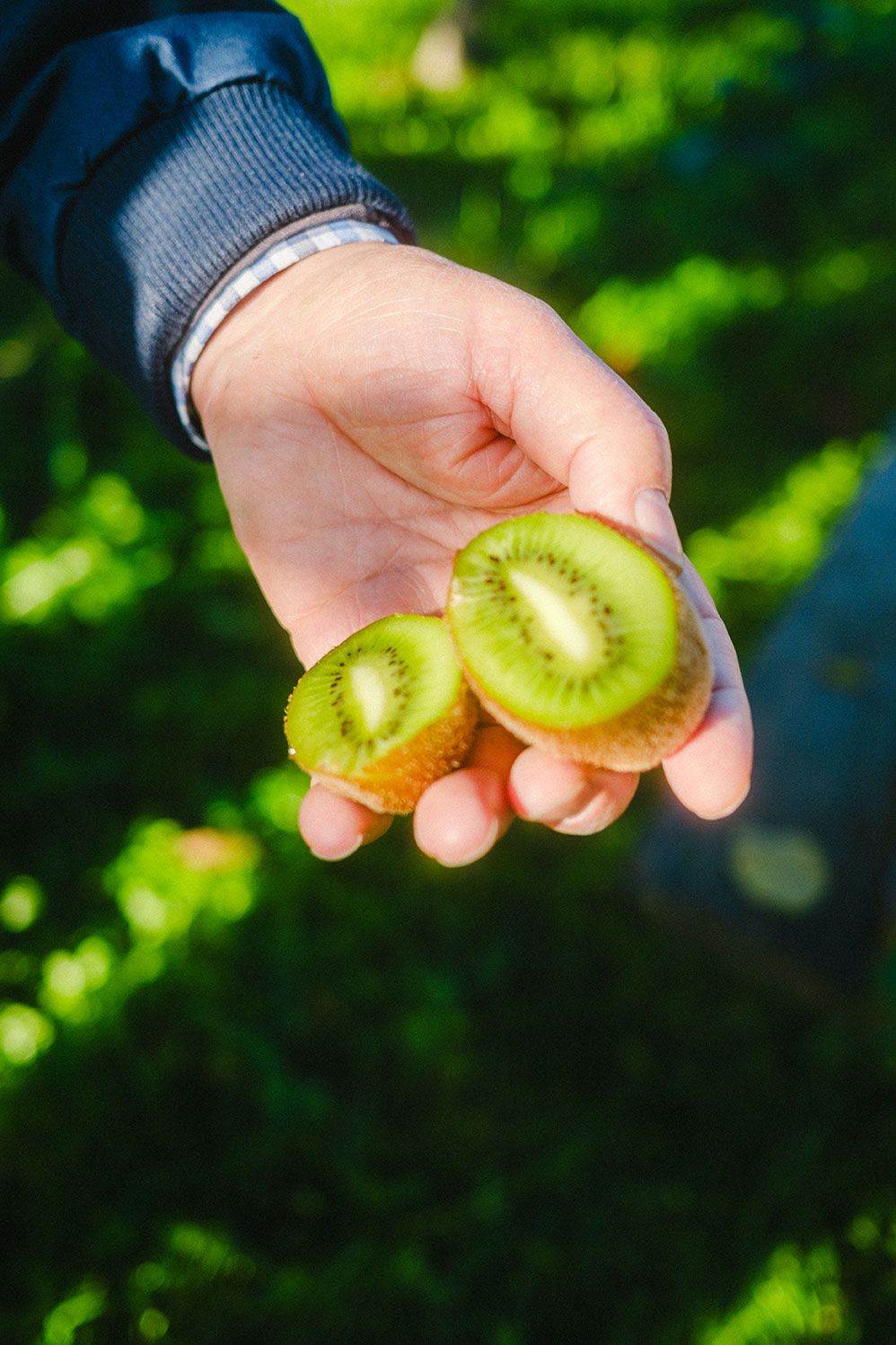
The Kiwi’s journey to France
While the kiwi, with its emerald flesh and unique taste, is often synonymous with New Zealand, its voyage to French soil is steeped in history and innovation. Over seven decades ago, a French botanist saw potential in the Hayward variety and introduced it to the fertile grounds of France. François Laffitte has dedicated 43 years to perfecting its cultivation, yielding an annual harvest that sings of quality and heritage.
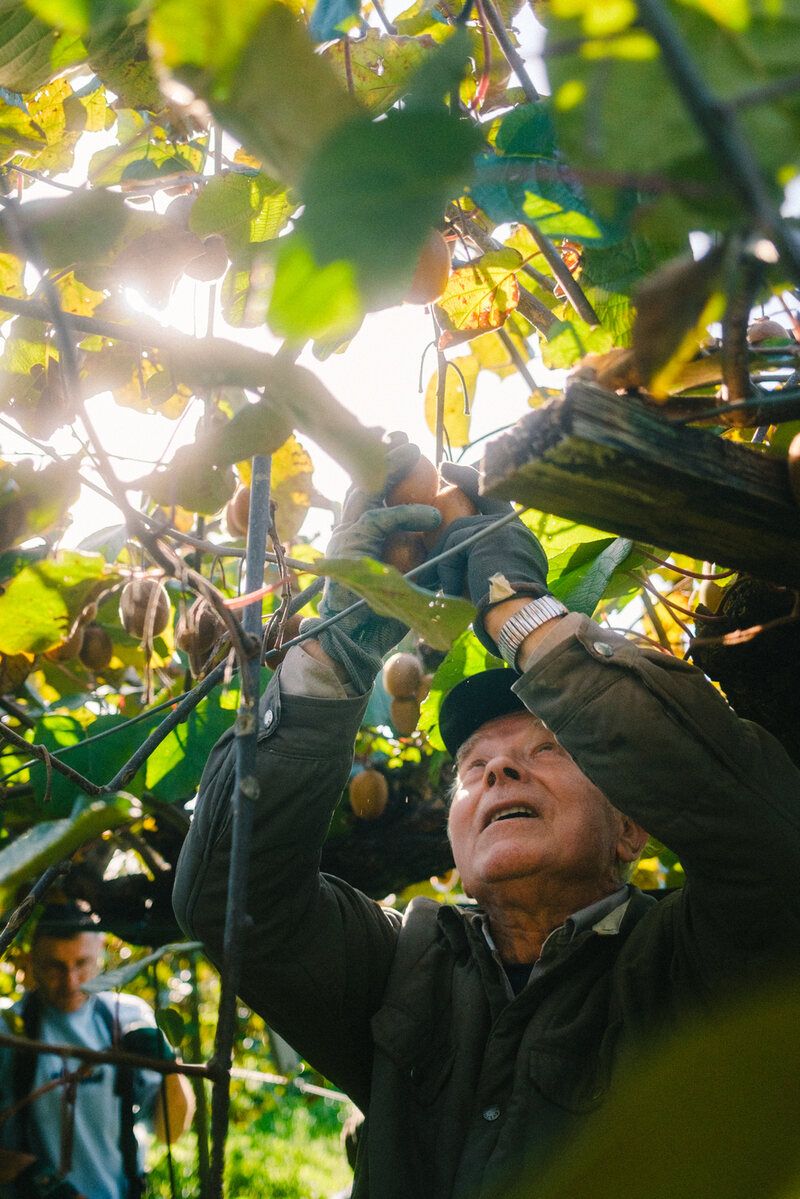
A marriage of climate and creation
France’s Kiwi Valley is a testament to the harmony of nature and human expertise. The location benefits from a climate kissed by oceanic breezes and sheltered by nearby mountains. This confluence creates temperate conditions ideal for the kiwi’s tropical soul. The kiwi vines require a delicate balance of warmth and water - a challenge that Francois Laffitte and his team meet with passion and precision.
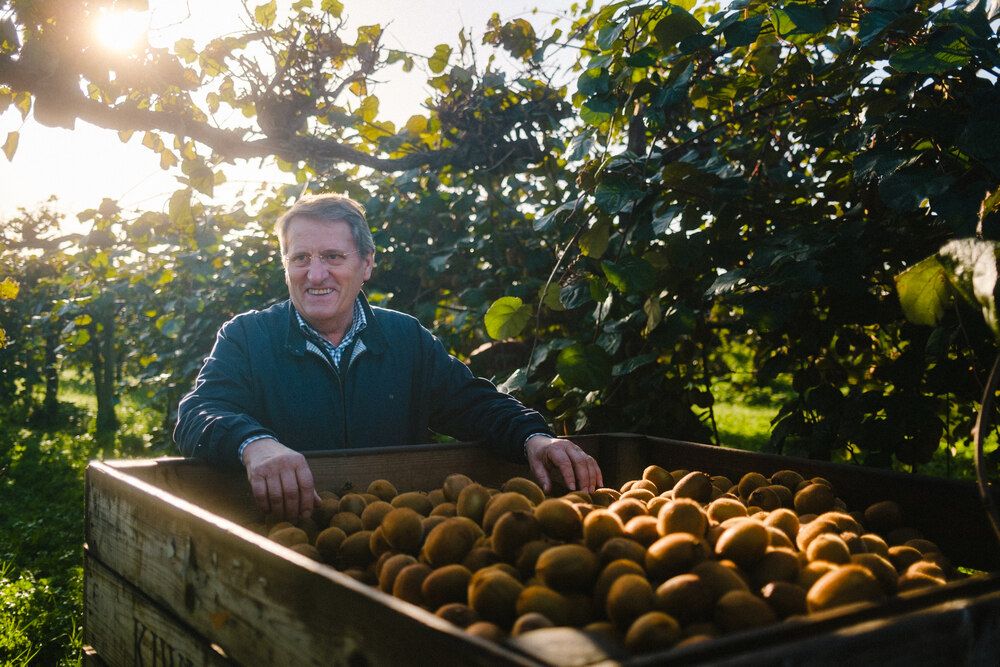
Through the seasons: A Kiwi’s life
The kiwi plant is a fascinating specimen of dioecious flora, which necessitates separate male and female plants for reproduction. Typically, orchards are planted with a ratio favoring female plants, as they bear the coveted fruit. However, a crucial male presence is indispensable, with usually one male plant being interspersed among every six to eight female plants to ensure optimal pollination. The pollination process predominantly relies on the forces of nature—wind and air currents that gently carry pollen from the male to the female flowers during the peak flowering period in May. Yet, this natural method is often augmented by the bustling activities of pollinating insects. These tiny workers significantly increase the chances of successful pollination, thereby enhancing fruit quality.
Cultivating kiwis is akin to composing a symphony where each season plays a critical movement. The first notes begin with planting, as young vines are meticulously trained up arbors. A period of growth follows, requiring 3 to 4 years of patient tending. When spring unfurls its leaves, a vigilant watch is set against the frosty threats, with May’s mildness inviting bees to pollination.
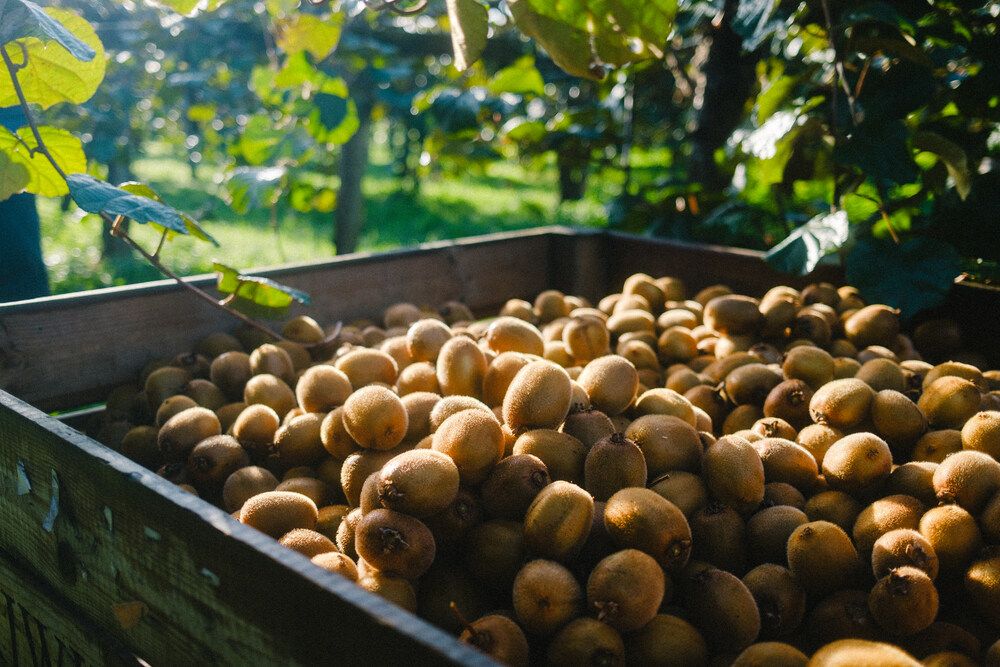
Summer marks the crescendo of activity, where the green canopy must be thinned to allow sunlight to kiss the fruit-bearing flowers. Francois Laffitte's team expertly determines the number of fruits each tree can sustain, ensuring uniform growth and optimal flavor. As the symphony approaches its finale, autumn brings a rigorous harvest.
Climate change and excessive water
The most critical time for these vines is during the frost season, when they are most vulnerable and need extra attention to thrive.
Climate change and excessive rainfall pose significant challenges for kiwi cultivation too, including heightened risk of pests, diseases, and root rot due to waterlogged conditions.
Adapting cultivation practices, such as enhancing drainage and employing resistant kiwi varieties, becomes crucial to mitigate these impacts.
The art and science of harvest
In Kiwi Valley, the harvest is a precise and smooth operation. The orchard layout lets workers pick kiwis without ladders, filling their bags with fruit. The kiwis, delicate and valuable, are gently placed into padded baskets and then onto a tractor-trailer to transport these to the market.
Post-harvest, the kiwis are entrusted to the cold embrace of storage rooms set to zero degrees. Here, in this chilled sanctuary, they continue to mature. The kiwi’s natural sugars develop, enhancing the flavor profile. Each kiwi is monitored for firmness and sweetness, ensuring that only the best reach the consumer.
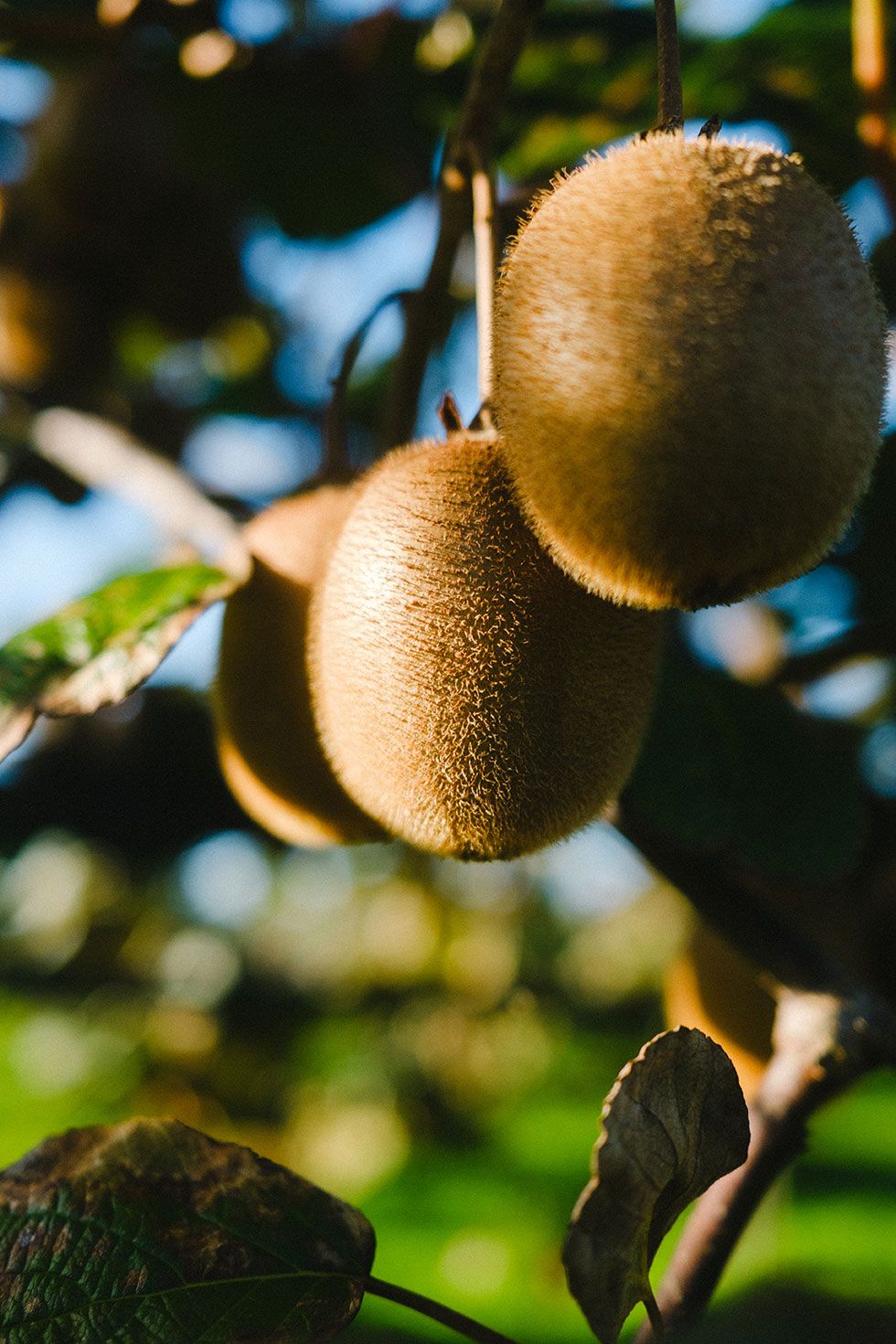
The Prestige of dual certification
The Valley’s kiwis are distinguished by more than just flavor - they carry the seal of PGI and Label Rouge. To meet the requirements of the Label Rouge certification, kiwis are selected for their optimal balance of sweetness and acidity, requiring a sugar content of at least 12° Brix—a unit of measurement indicating the percentage of sugar in the fruit—and a minimum weight of 90 grams to ensure a satisfying size.
The gourmet’s guide to kiwi selection
For those who seek to savor these fruits, the tactile and taste sensations offer guidance. A soft kiwi promises immediate pleasure, while a firmer one can be ripened alongside an apple, thanks to ethylene's natural ripening process. Stored properly, these kiwis can offer a prolonged experience of freshness.
Kiwi: A feast for the senses and health
Kiwis are a culinary favorite, celebrated by pastry chefs for their color and flavor, and cherished in their natural state as a nutrient-rich snack or meal complement. Packed with vitamins, minerals, and fiber, they boost immunity, energy, and digestion, and are a low-calorie choice for a healthy diet.
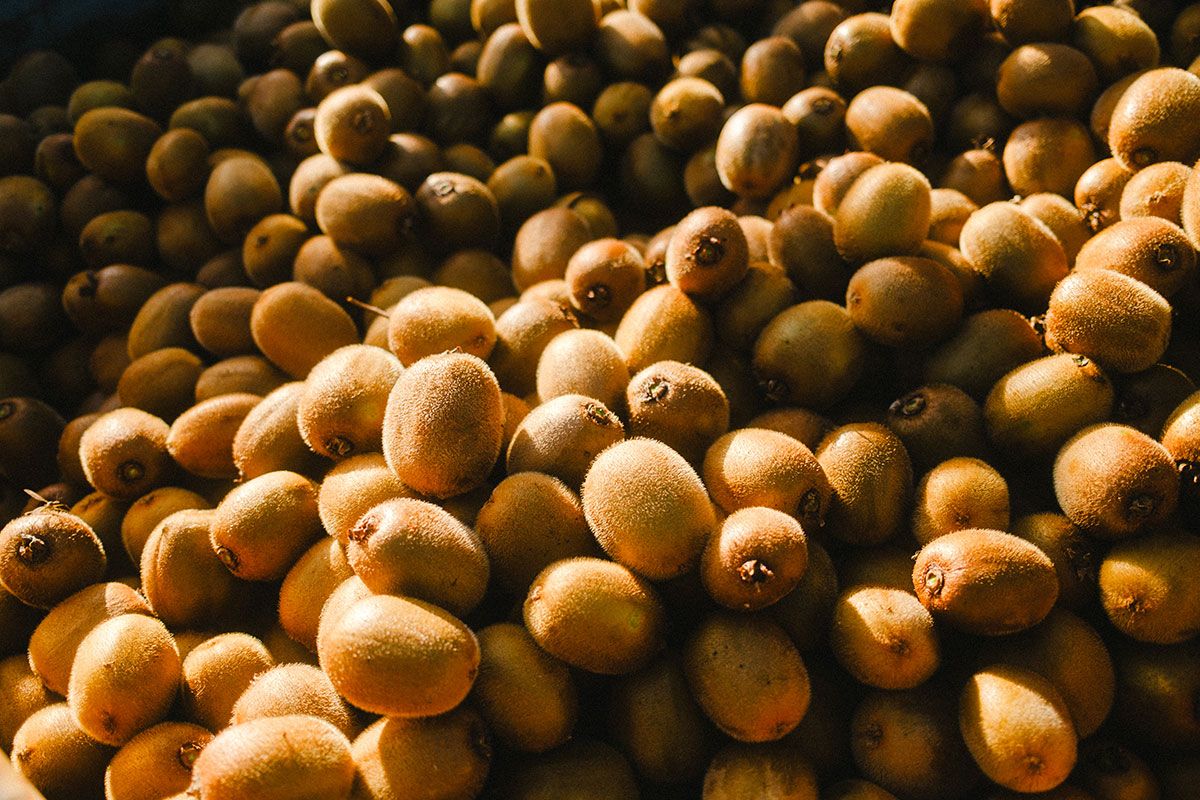
Embracing the essence of the Kiwi valley
As we go through the orchard with François Laffitte, each step uncovers the essence of French kiwi cultivation—a blend of tradition, innovation, and environmental consciousness. In the heart of Kiwi Valley, the fruit is more than a crop; it’s the essence of the land.
About kiwifruit labels
Label Rouge is a French certification indicating products of superior quality based on rigorous production standards.

